Hoof Health 101: Easy Tips for Beginner Horse Owners

Taking care of your horse’s hooves is a crucial aspect of their overall health and well-being.
For beginners, understanding how to properly maintain hooves can seem overwhelming, but with the right knowledge and approach, it becomes a manageable task.
In this guide, we'll cover essential tips on hoof care, common hoof problems, prevention strategies, and dietary recommendations to ensure your horse’s hooves stay in top condition.
Why Hoof Health Matters
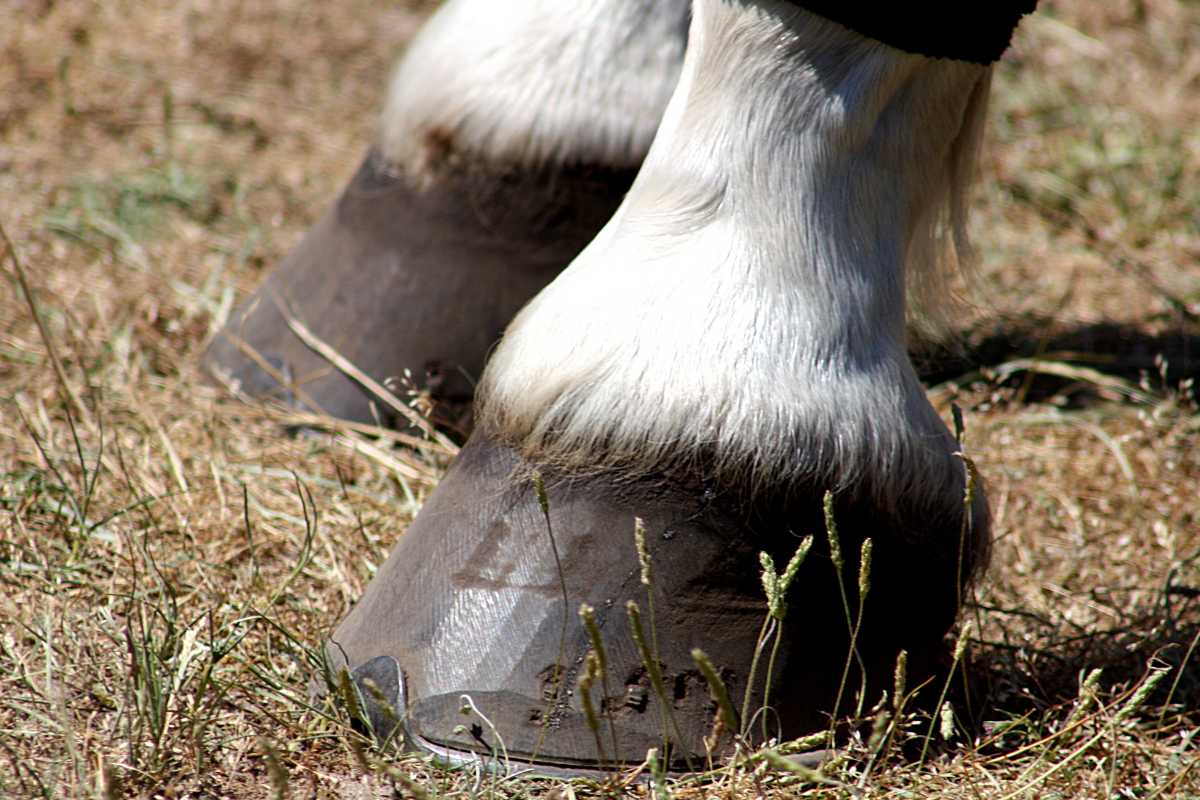
The hooves are often referred to as the "foundation" of a horse’s body. Just like our feet, hooves bear the weight of the animal, allowing them to move comfortably and perform tasks like walking, running, and jumping.
Healthy hooves are essential not only for the horse’s mobility but also for preventing discomfort and more serious complications.
Without proper care, a horse’s hooves can become brittle, cracked, or infected, leading to pain and even lameness.
As a beginner, it’s important to understand that hoof care goes beyond just cleaning; it involves regular inspections, proper trimming, and even dietary adjustments.
Daily Hoof Care Routine
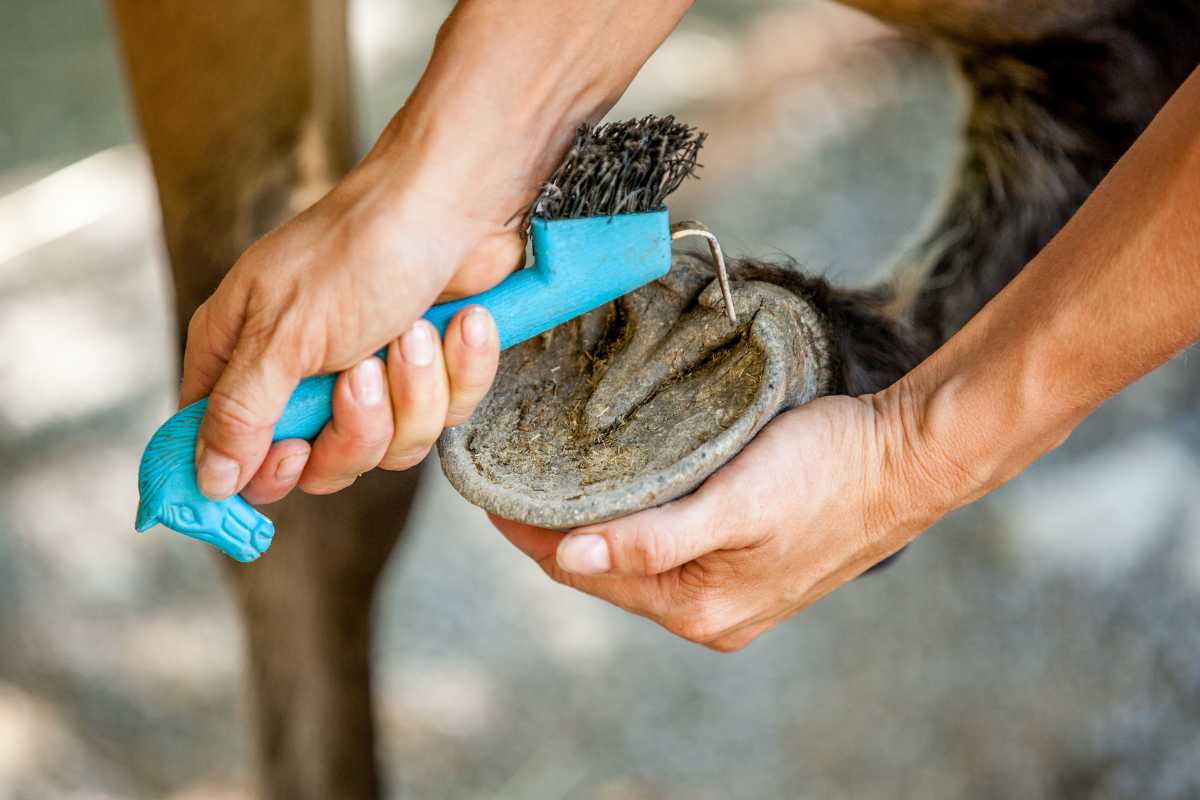
Clean Hooves Regularly
One of the easiest ways to keep your horse’s hooves healthy is by maintaining a regular cleaning routine. Each day, take a hoof pick and gently remove any dirt, rocks, or debris that may have gotten trapped in the hooves.
This helps prevent infections, such as thrush, which can develop from bacteria thriving in dirty, moist conditions.
Make sure to inspect the entire hoof while cleaning. Look for any abnormalities such as cracks, bruises, or growths. Proper cleaning also helps improve circulation in the hooves, promoting healthy growth.
Trim Hooves Regularly
Regular hoof trimming is another key aspect of maintaining hoof health. Horses’ hooves grow continuously, and if not trimmed properly, they can become overgrown, causing discomfort and even impacting their gait.
The frequency of trimming depends on the horse’s activity level and environment, but it generally needs to be done every 6 to 8 weeks.
Trimming hooves too short or too infrequently can lead to issues like lameness or improper weight distribution, which can cause pain and long-term damage.
Work with a professional farrier who knows how to trim your horse’s hooves properly and safely.
Common Hoof Problems and How to Prevent Them
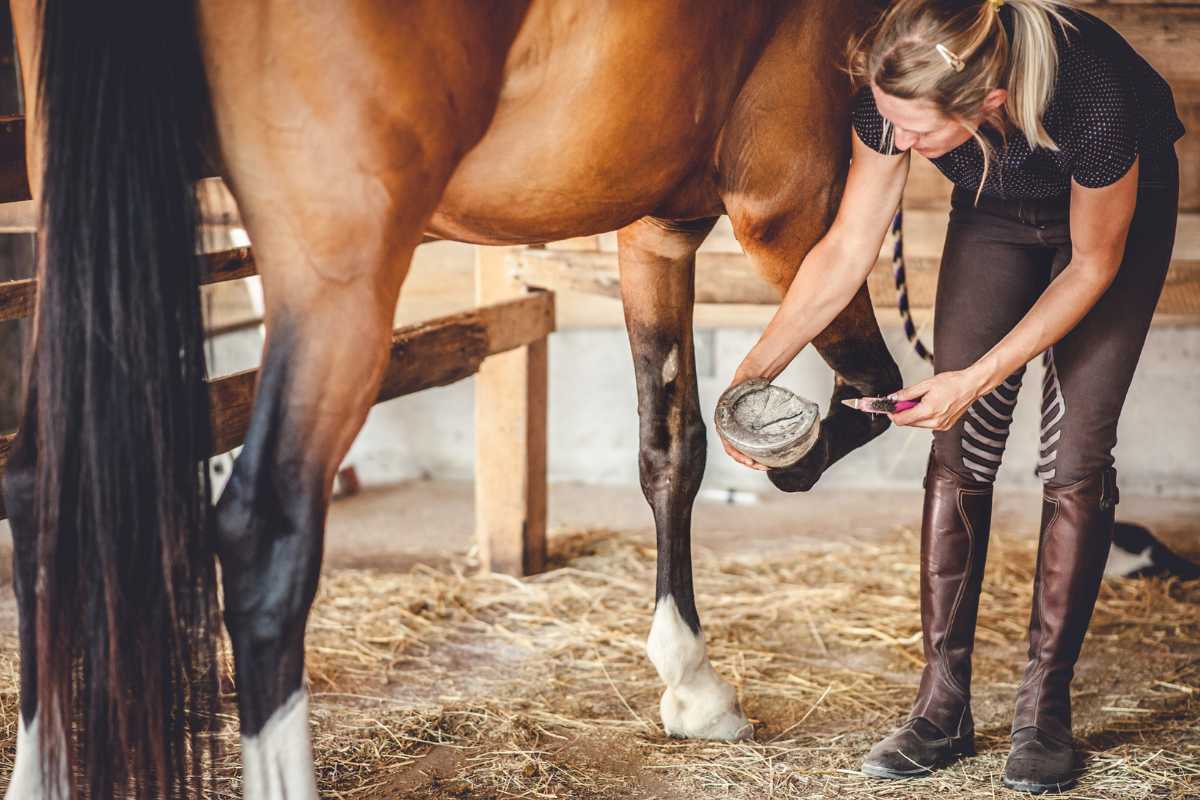
Thrush: A Common Infection
Thrush is a bacterial infection that affects the frog of the hoof. It is most commonly caused by wet, unsanitary conditions.
Symptoms include a foul smell, black or greenish discharge, and tenderness in the hooves. Thrush can be prevented by ensuring that your horse’s living area remains clean and dry.
If your horse does develop thrush, consult with a farrier who can trim the hooves to remove any infected tissue and suggest an appropriate treatment, such as antibacterial solutions or ointments.
Abscesses: What to Look For
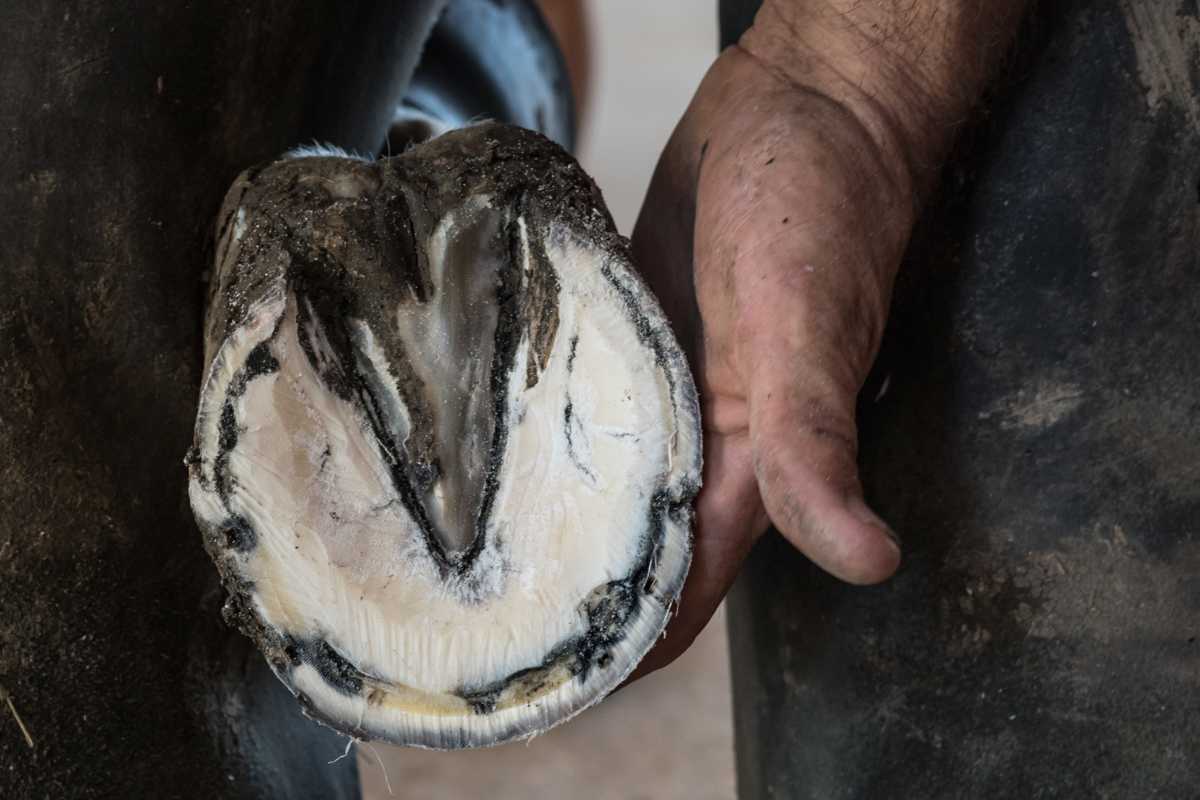
An abscess occurs when bacteria gets trapped in the hoof, causing an infection and leading to pain and swelling. Horses with abscesses often exhibit signs like lameness, heat in the hoof, or excessive sensitivity when the hoof is touched.
To prevent abscesses, ensure that the hooves are kept clean and dry. After cleaning, check for any foreign objects that could potentially cause damage to the hoof.
If an abscess develops, it will need to be drained by a veterinarian to relieve the pain and prevent further infection.
Laminitis: A Serious Condition
Laminitis is a serious condition that causes inflammation in the hoof’s laminae, leading to pain and possibly permanent damage to the hoof structure.
It is often linked to poor diet, overfeeding on grain, or sudden changes in exercise.
Prevent laminitis by following a proper feeding routine, ensuring that your horse maintains a balanced diet, and avoiding sudden dietary changes. If you suspect laminitis, contact your vet immediately to assess the situation.
The Importance of Proper Diet for Hoof Health
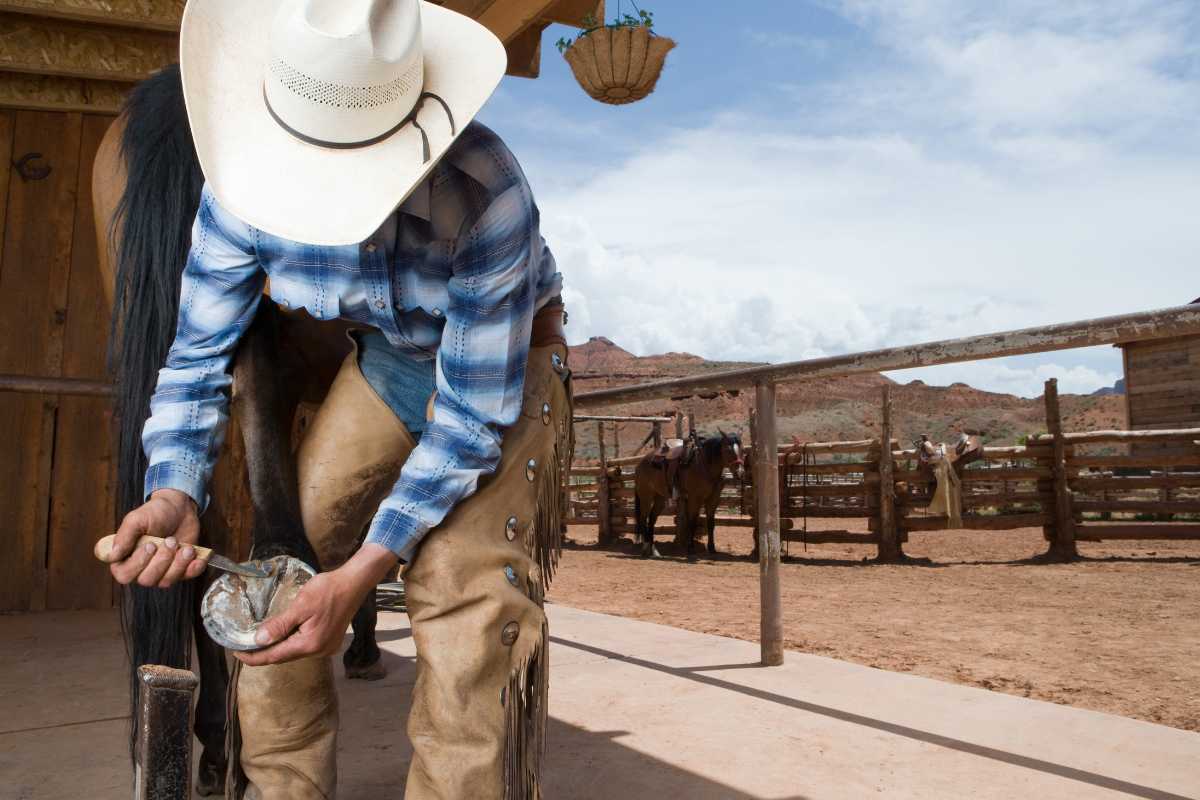
What your horse eats plays a significant role in maintaining hoof health. Providing the right nutrients can help your horse grow strong, resilient hooves. Here are a few key dietary factors to consider:
Essential Nutrients for Healthy Hooves
Biotin, zinc, and methionine are essential nutrients that promote healthy hoof growth. Ensure that your horse’s diet contains foods rich in these nutrients, such as hay, fresh grass, and specialized hoof supplements.
Some horses may require additional support through hoof supplements that contain these nutrients. Consult your veterinarian or farrier for specific recommendations based on your horse’s needs.
Hydration and Hoof Health

Just like any other part of the body, hooves need to stay hydrated to remain healthy. Horses should have access to fresh, clean water at all times. A well-hydrated horse will have more flexible and durable hooves, reducing the risk of cracks and damage.
Avoid Overfeeding on Grains
Overfeeding your horse with grains can contribute to obesity, metabolic issues, and even laminitis. Keep your horse’s diet balanced, with an emphasis on forage-based foods like hay and grass.
Always consult your vet about the ideal feeding plan for your horse, especially if you have a young or growing animal.
Hoof Care Tips for Beginners
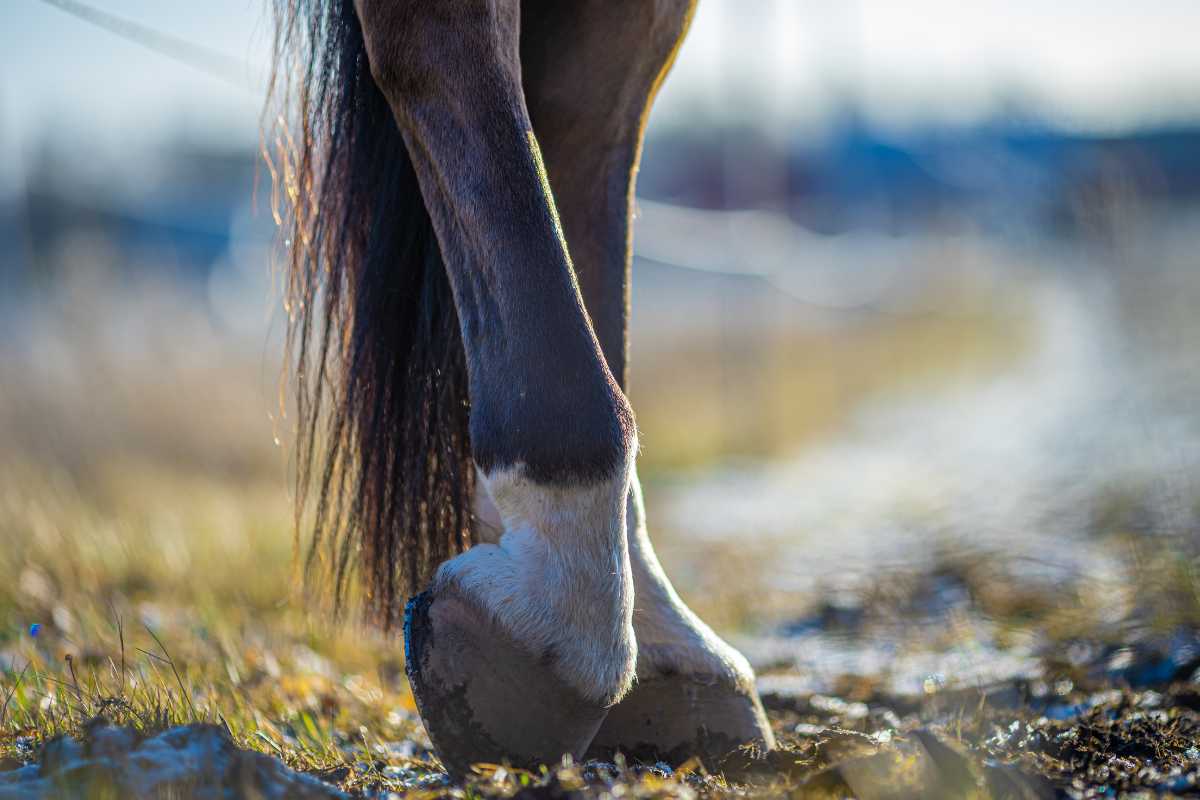
Work With a Professional Farrier
A professional farrier is an essential part of maintaining your horse’s hooves. They will be able to assess the hooves, trim them properly, and address any hoof issues you may encounter.
Your farrier will also be able to suggest hoof care products and shoes if needed.
Monitor Your Horse’s Movement
Regularly monitor your horse’s movement and gait. If you notice any limping, signs of pain, or stiffness, don’t wait to address the issue. It may be a simple case of overuse, or it could indicate a more serious problem like an abscess or laminitis.
Hoof Boots for Added Protection
If your horse works on rough terrain or you’re concerned about hoof protection, hoof boots can be a great option.
They provide a protective layer and can prevent damage from rocks or abrasive surfaces. Hoof boots are especially helpful for horses that are recovering from injuries or trimming.
Conclusion: Keep Your Horse’s Hooves Healthy with Consistent Care
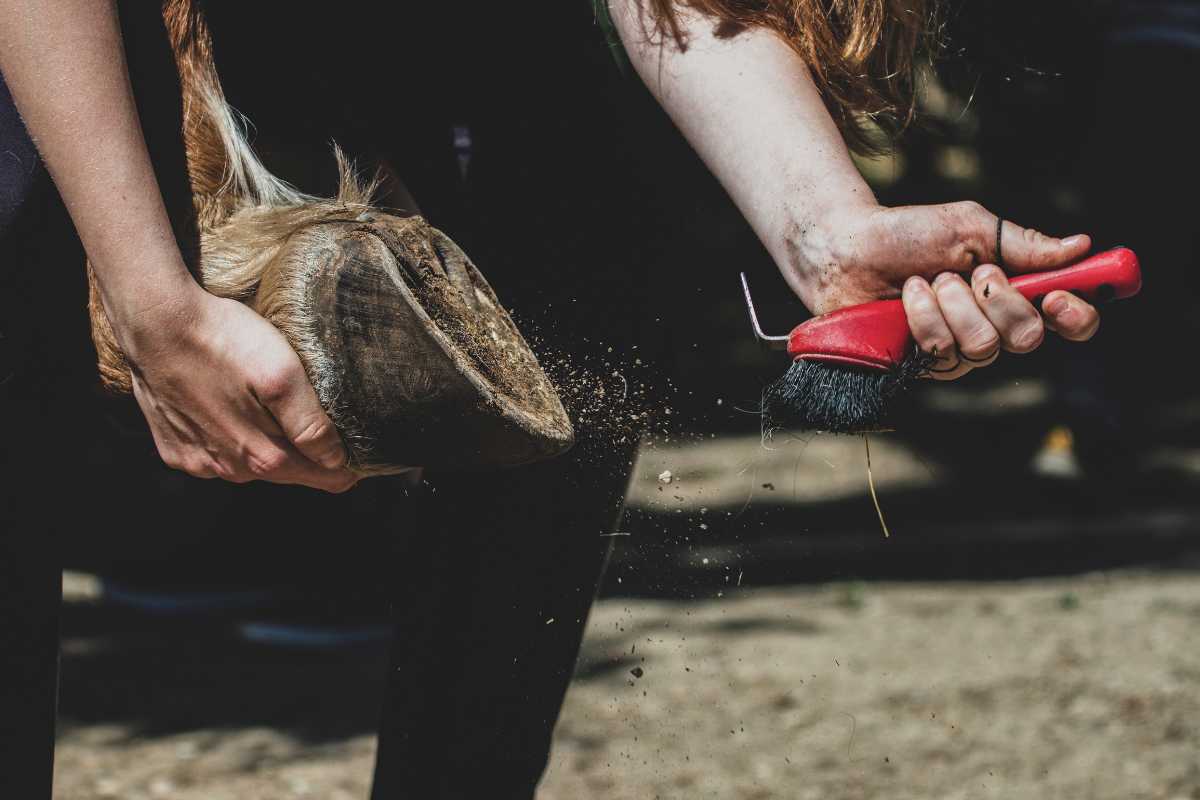
Maintaining your horse’s hoof health is a consistent effort that requires attention to detail, regular cleaning, and professional care.
By following these hoof care tips and working closely with a qualified farrier, you can ensure your horse stays comfortable and mobile for years to come.
A healthy hoof is a happy horse, so always stay proactive about hoof care. Your horse’s hooves are their foundation—treat them with the care and attention they deserve, and you'll have a stronger, more vibrant equine companion.
Enjoy The Video About Horses

Source: Equine Helper
Did you find this post useful or inspiring? Save THIS PIN to your Pets Board on Pinterest!


You may also like